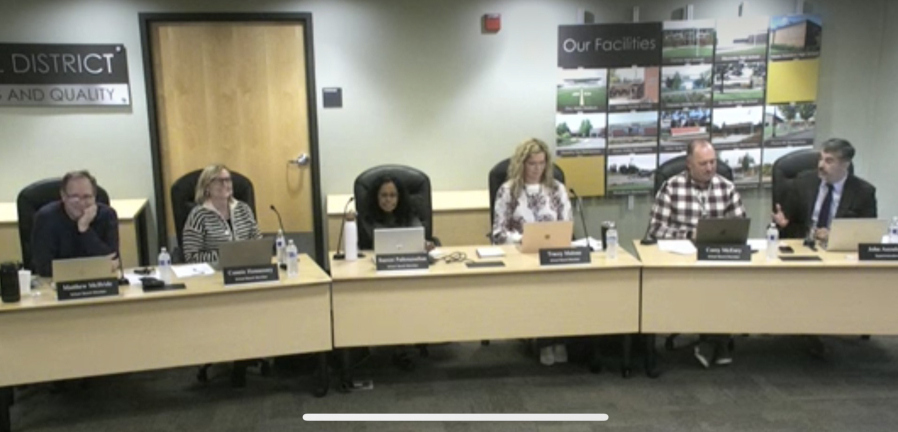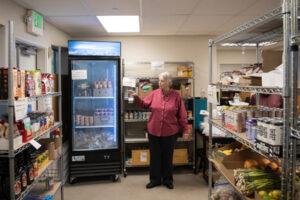The Camas School District’s “Balancing the Budget” survey, collecting public input on the district’s need to make 10-12% budget cuts ahead of the 2025-26 school year, is live online and available to the public through Wednesday, Nov. 6.
“Your input is invaluable as we develop budget proposals for the school board,” Camas School District Superintendent John Anzalone stated on the District’s website, adding that the online survey shares information about the District’s current budget scenario and asks community members to share their priorities for the school district.
The school district is facing a budget shortfall of more than $7 million revenue shortfall and a general fund balance that CSD leaders have described as “critically low” ahead of the 2025-26 school year.
Earlier this week, during the Camas School Board’s regular meeting on Monday, Oct. 28, Anzalone and the district’s business director, Jasen McEathron, shared enrollment and budget updates with the Board and community members.
Anzalone said the district is seeing lower-than-expected enrollment at the kindergarten and lower-elementary grades, as well as in preschool grades.





